Mushroom spotting at BGS Keyworth
Colleagues at BGS are mapping mushrooms as part of efforts to enhance biodiversity on the Keyworth site.
09/12/2022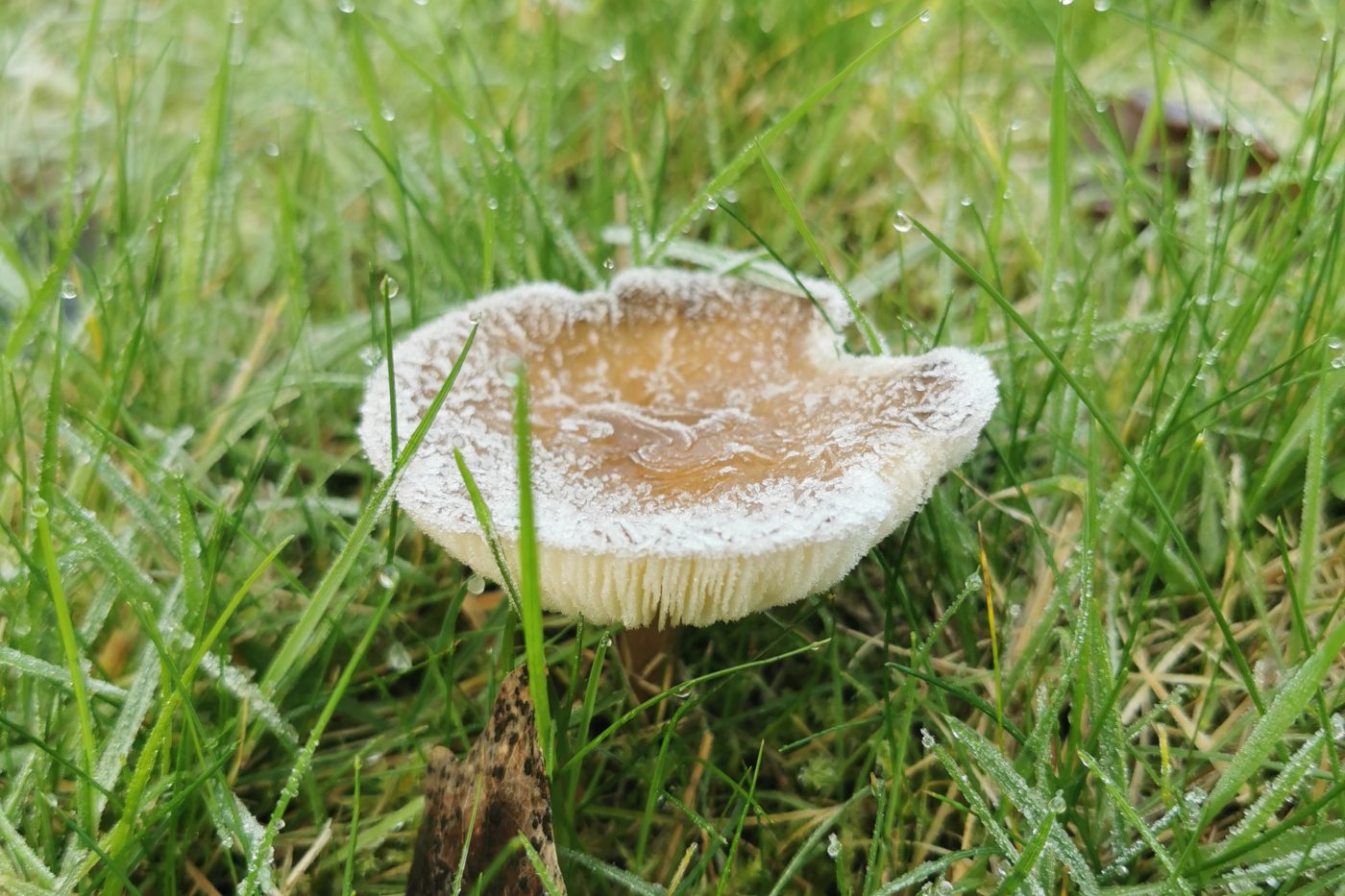
From food to biotechnology, the impressive fungal bodies we all know as mushrooms have a dynamic variety of beneficial uses. That’s just one of the reasons why colleagues from our Keyworth headquarters have started the BGS Mushroom Club.

BGS staff members Penny Reeve and Carol Arrowsmith mushroom spotting around the Keyworth site.
What began out of curiosity and an excuse to explore the fascinating variety of fungi growing on site at Keyworth has now turned into a growing community of staff with a shared interest. The club gives passionate foragers a chance to share their knowledge and time, searching for and identifying different fungi whilst learning more about their contribution to local biodiversity. The club’s work is also helping to build a more holistic rewilding output on site, creating spaces for nature to thrive in a healthy and sustainable way, and is an important pillar of the BGS Environmental Sustainability Strategy.
I think fungi are one of the most fascinating groups of microbes. As a microbiologist, I probably am biased towards finding fungi cool, especially because I have learnt so many amazing facts about them! They are used in so many applications, from food to biotechnology, have many types of visually impressive fruiting bodies and can survive some of the most extreme conditions on Earth.
What I love most about the mushroom club is that it brings members of staff from many different areas together over a common love for these organisms, creating a community out of a shared interest.
Jess Mackie, BGS Geomicrobiologist.
So far, the club has identified around 20 different types of mushrooms in Keyworth, including the shaggy inkcap, candlesnuff fungus, violet-toothed polypore and even a variety that probably wouldn’t look out of place in the wizarding world: the obscure-sounding wolf’s-milk slime!
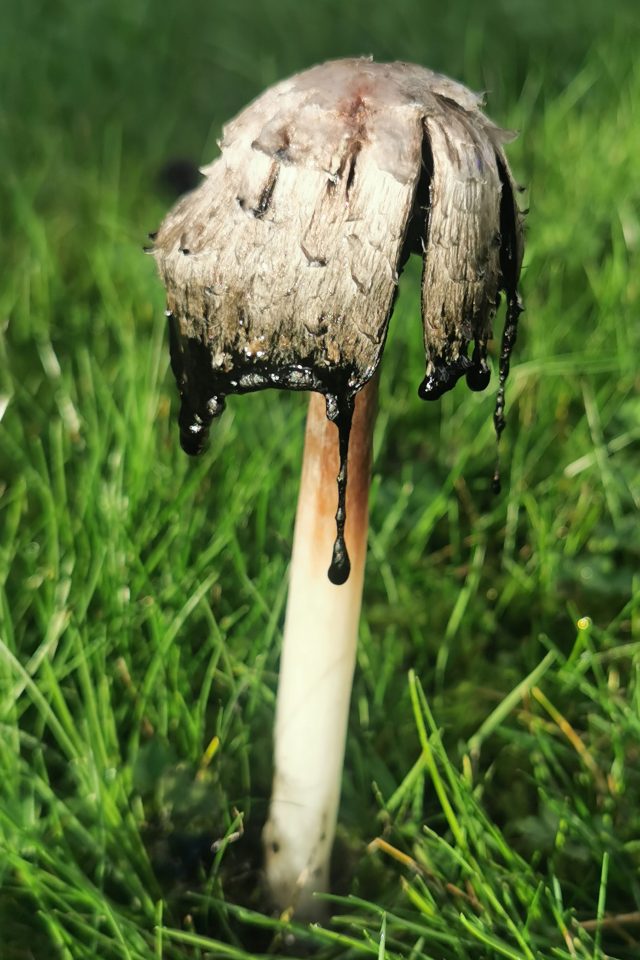
A mature shaggy inkcap found on site. © Penny Reeve/BGS.
According to the club’s founders, the shaggy inkcap is particularly prolific on site throughout October to November. It is an edible species, forming tall, white pillars that dissolve as they grow, creating a black ‘ink’ which spreads the spores. This ink can be used to write with. Inkcaps can be found around the canteen and orchard area.
The wolf’s-milk slime has been a particularly interesting find this September. It is a slime mold that appears in the form of many tiny red balls that are filled with a pink paste, which pops out when squeezed and looks almost like toothpaste!


A young wolf’s milk slime mold cushion oozing a paste when pressure is applied. BGS © UKRI.
The group is collecting photos and videos of their finds, catalogued by the month they were found, in the hope that they will be able to predict which varieties we might see all year round. The aim is to improve the group’s identification skills and create a calendar and map of mushrooms describing which fungi can be found where on site and the time of year each species appears.
I’ve always been a fan of mushrooms, but I really started getting into fungi identification during lockdown. I love going out into nature and spotting all these amazing fruiting bodies that form part of a much larger system which can grow for kilometres under the ground.
My favourite mushrooms are morels (so much I even have a tattoo of some) and I am fascinated by slime moulds. Starting the BGS Mushroom Club really began as an excuse to talk about the variety of cool fungi we find on site, but it’s been really useful to have a record of what’s growing and where, which could help inform future rewilding work.
Penny Reeve, BGS Digital Communications Manager.
Mushrooms should always be considered a wonderful addition to any site’s diversity as they play a key role in nutrient cycling by degrading organic matter and making it more available for plants and other soil dwellers. The club hopes to inform more people about the variety of mushrooms on our doorstep, which contribute to the great diversity of organisms we already have here in Keyworth.
Caution
Some mushrooms are highly poisonous and can be easily confused with edible species. Always exercise caution when foraging. If in any doubt, leave the mushroom in place.
About the author
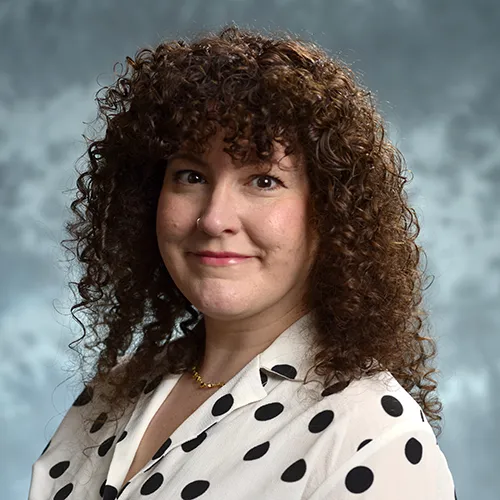
Penelope Reeve
Digital communications manager
Relative topics
Related news
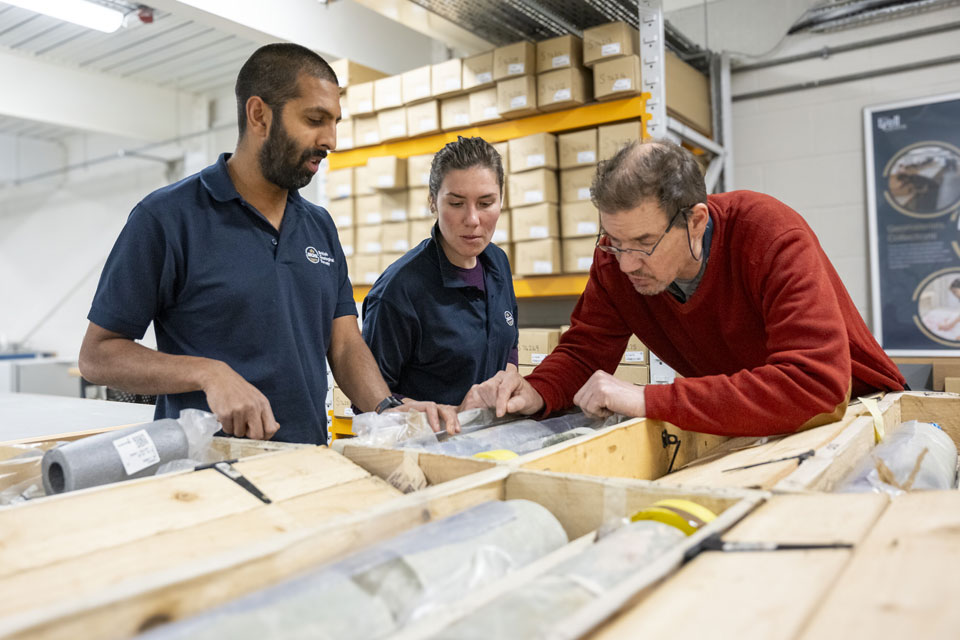
Scientists gain access to ‘once in a lifetime’ core from Great Glen Fault
01/12/2025
The geological core provides a cross-section through the UK’s largest fault zone, offering a rare insight into the formation of the Scottish Highlands.
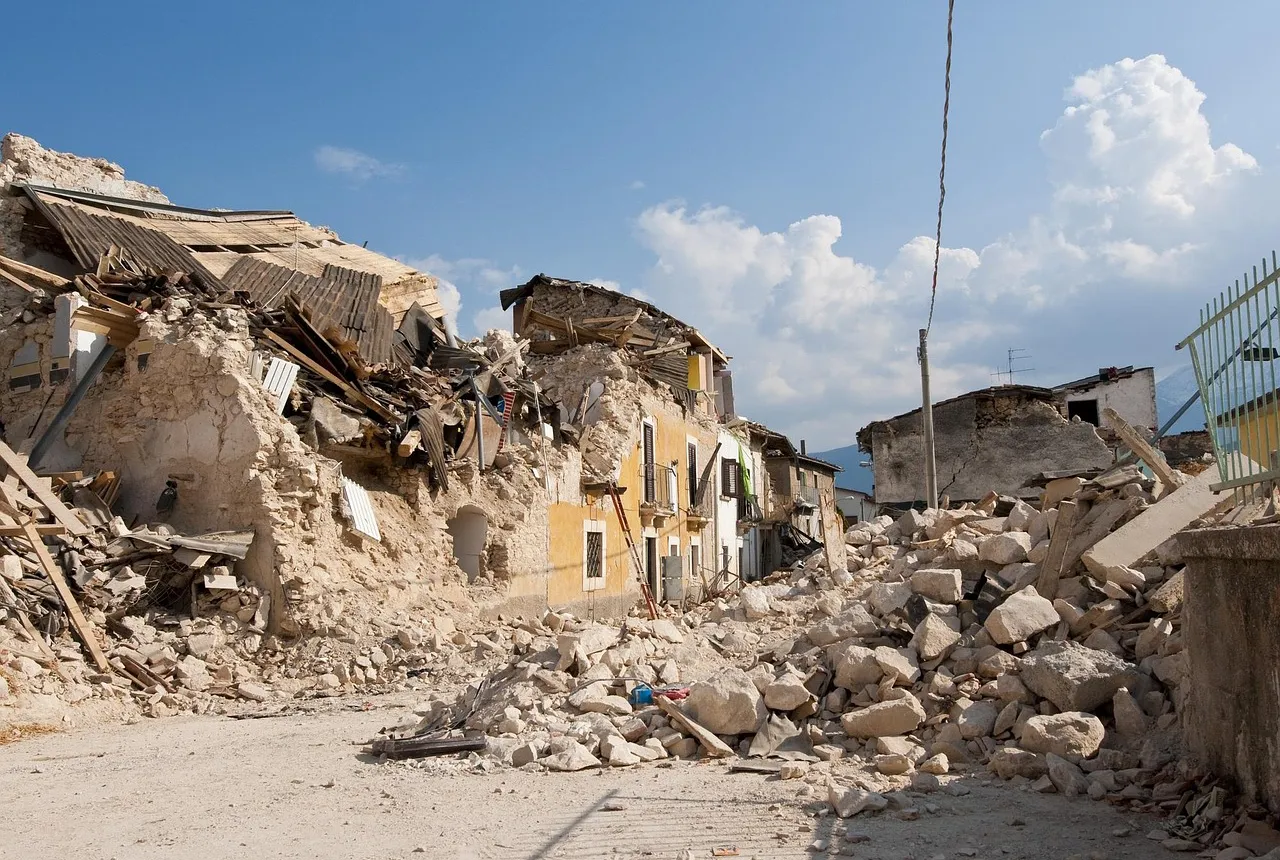
New research shows artificial intelligence earthquake tools forecast aftershock risk in seconds
25/11/2025
Researchers from BGS and the universities of Edinburgh and Padua created the forecasting tools, which were trained on real earthquakes around the world.

BGS welcomes publication of the UK Critical Minerals Strategy
23/11/2025
A clear strategic vision for the UK is crucial to secure the country’s long-term critical mineral supply chains and drive forward the Government’s economic growth agenda.

New funding awarded for UK geological storage research
21/11/2025
A project that aims to investigate the UK’s subsurface resource to support net zero has been awarded funding and is due to begin its research.
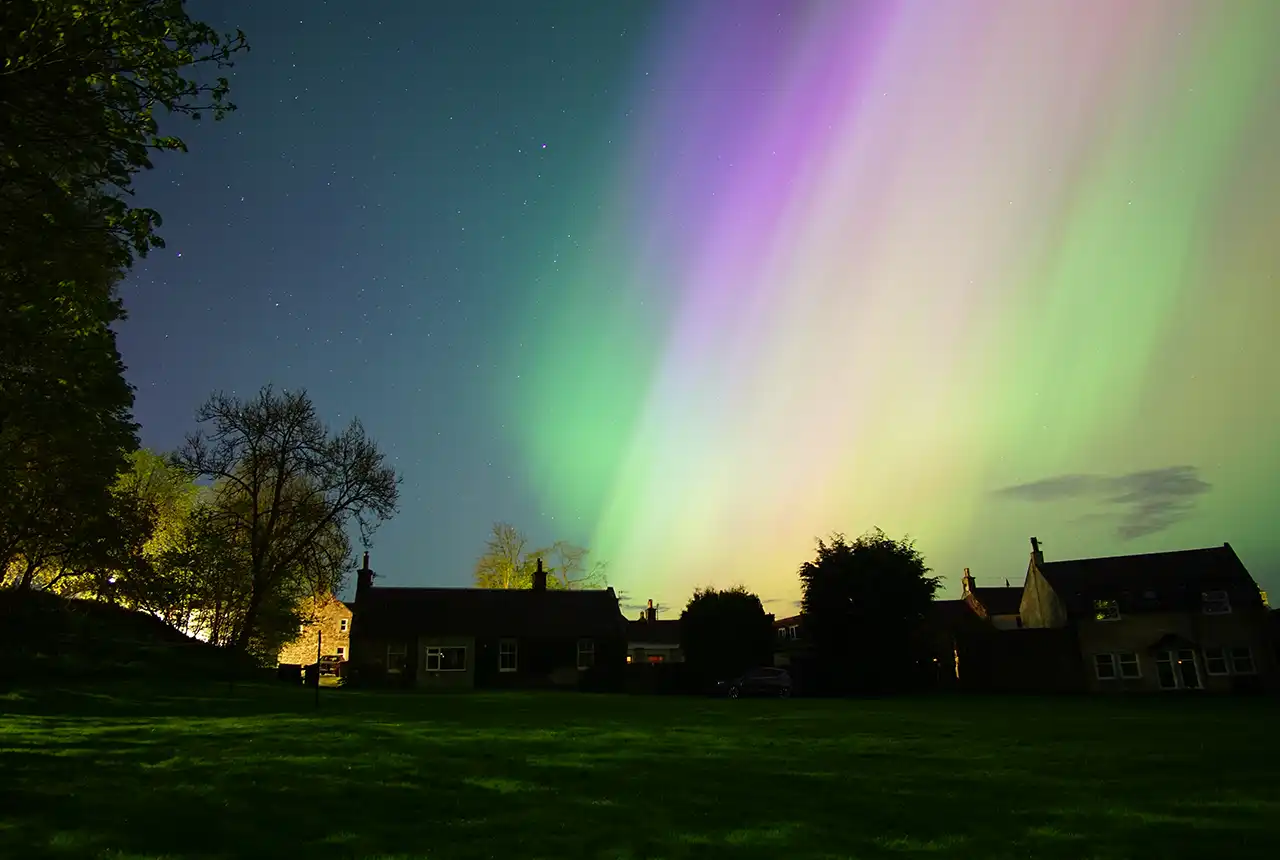
UK braced for what could be the largest solar storm in over two decades
12/11/2025
Intense geomagnetic activity could disrupt technology such as communication systems, global positioning systems and satellite orbits.
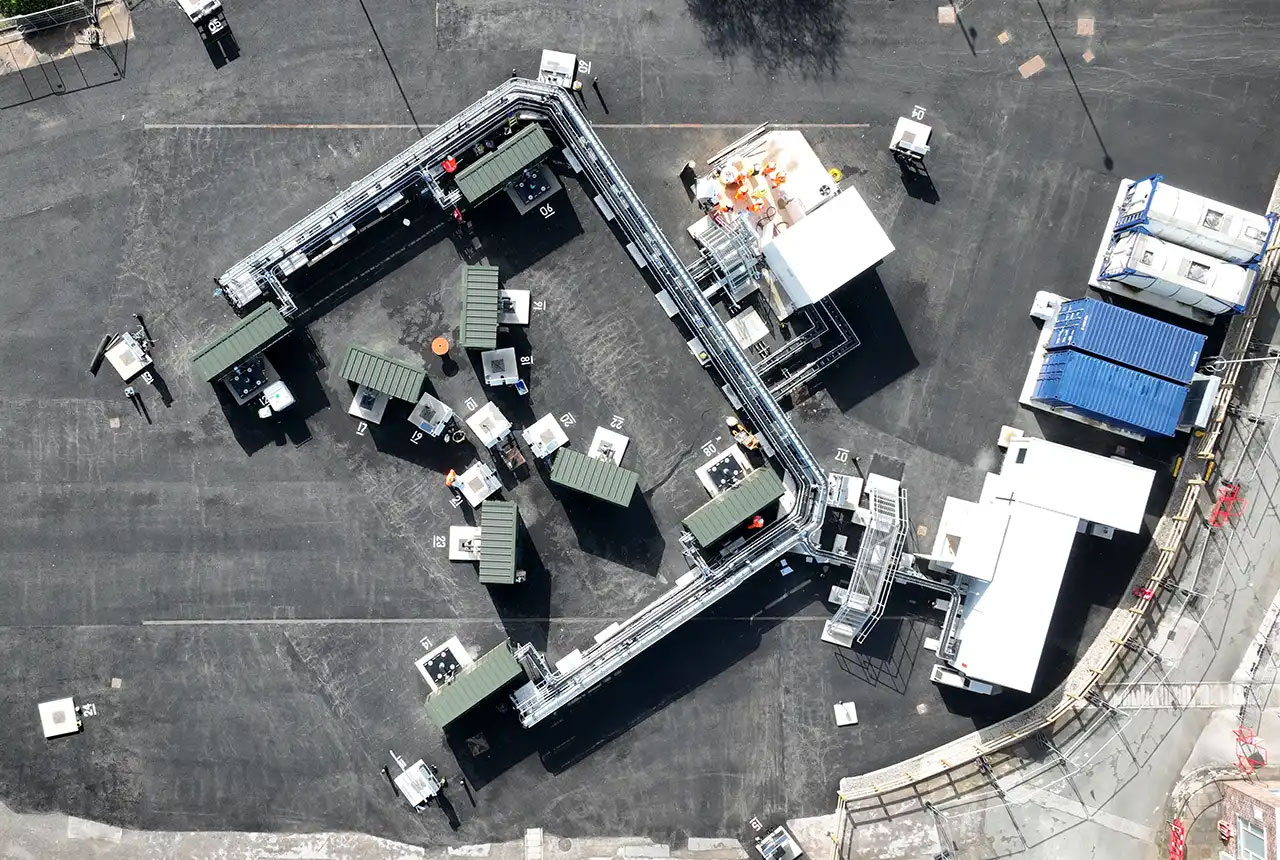
First distributed acoustic sensing survey completed at UK Geoenergy Observatory
12/11/2025
New research at the Cheshire Observatory has shown the potential for mapping thermal changes in the subsurface using sound waves.
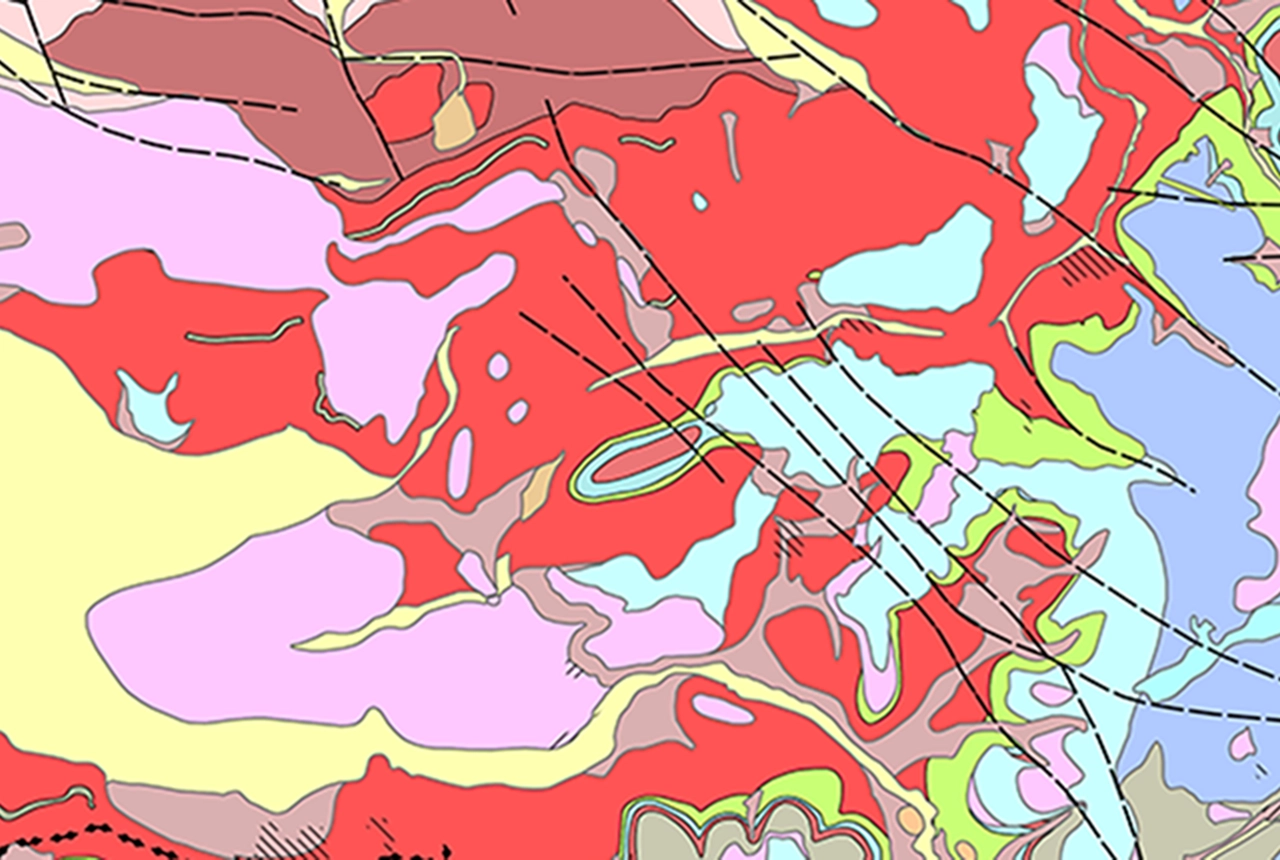
Latest BGS Geology 50K mapping data launched
06/11/2025
Some of our most widely used maps have received a major update, including the 1:50 000-scale map series that now includes enhanced coverage of Great Britain.
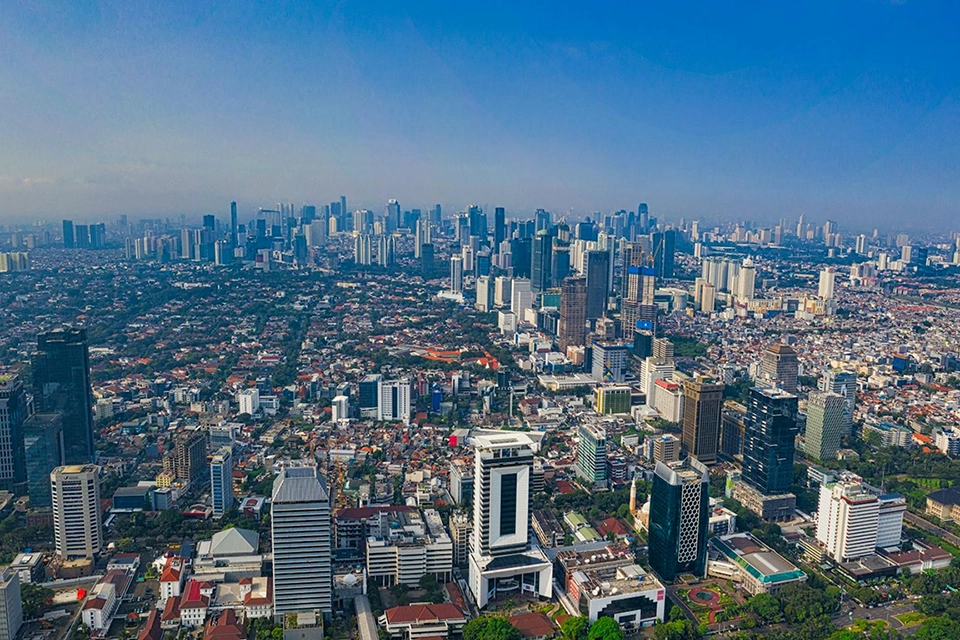
New research highlights significant earthquake potential in Indonesia’s capital city
04/11/2025
Research reveals that a fault cutting through the subsurface of Jakarta could generate a damaging earthquake of high magnitude.

World Cities Day: the geological story of our cities
31/10/2025
Understanding the rocks that underlie our towns and cities, the risks they can present and how they influence urban planning and redevelopment.

GSNI project wins multiple awards at RegioStars event
17/10/2025
The AGEO project enjoyed a double success at the RegioStars awards, hosted at the European Commission in Brussels.
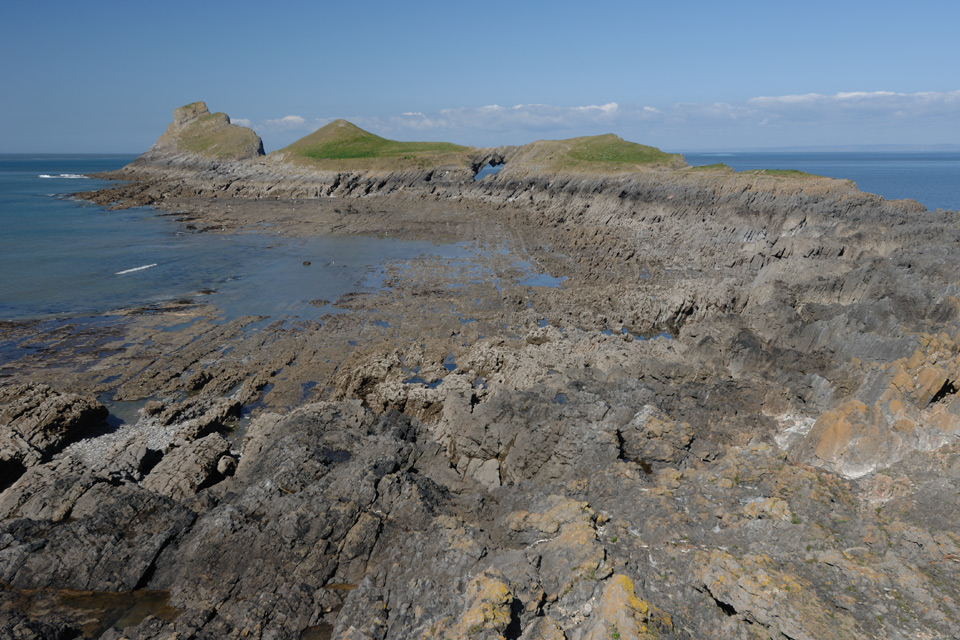
Extended seabed geology map of the Bristol Channel published
07/10/2025
BGS has released significantly extended high-resolution maps that will support offshore green-energy initiatives in the area.
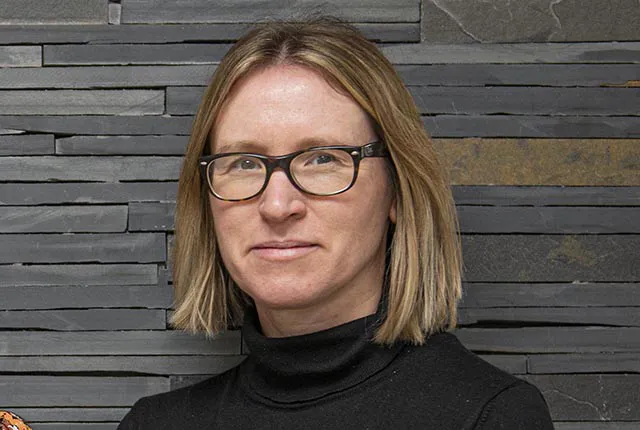
Dr Angela Lamb appointed as honorary professor by the University of Nottingham
02/10/2025
Dr Lamb will take up the position of honorary professor of environmental geochemistry, with a focus on collaborative research.




